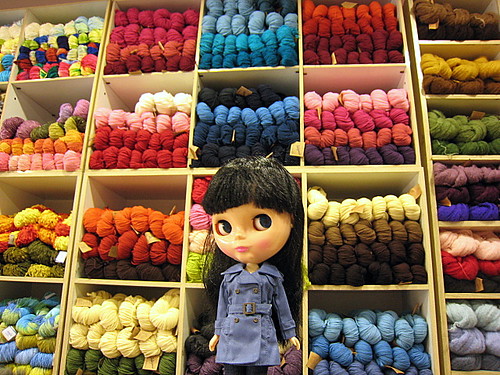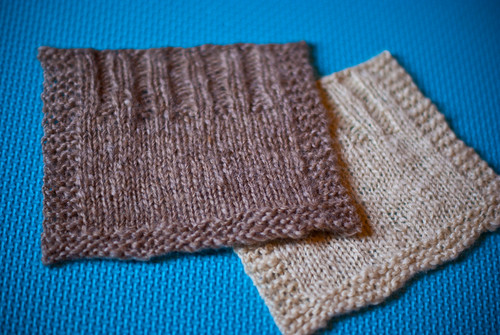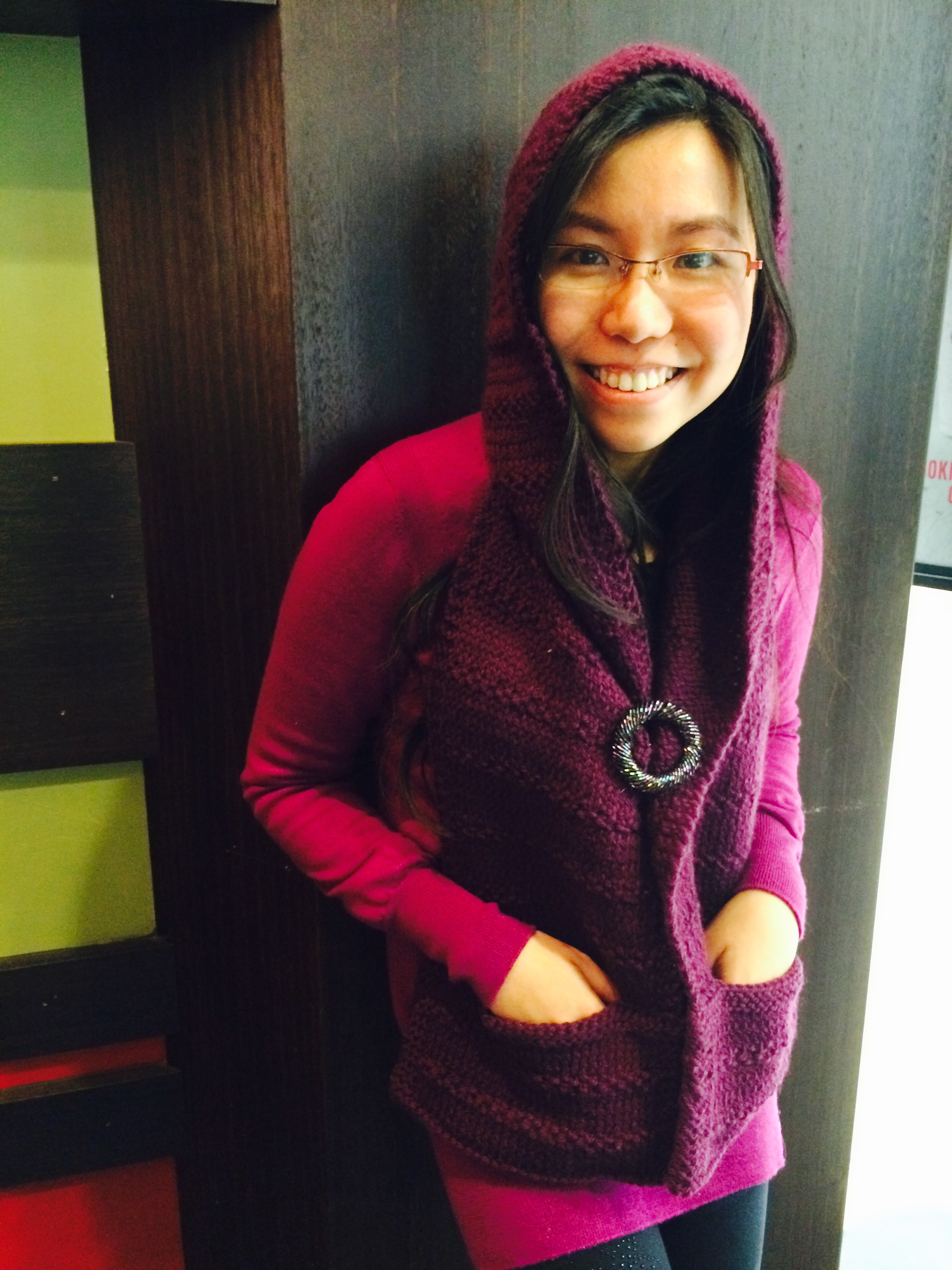Scroll down for link to pattern pdf.
Some people speak the language of gifts with flair and elegance. I am not one of those people. (I could go into a discussion of love languages, but that’s probably a post all of its own.) While I am always delighted when I can think of exactly the right gift for someone – and find it in order to give it to them – it doesn’t often happen, and giving a ‘meh’ gift is irksome. (So is receiving it, probably, but all my friends and family have decent enough manners not to say so.)
 So I have been known, on more than one occasion, to fall back on the scheme of offering to knit someone something. That way they get to choose something they like – assuming it’s within my capabilities – and I get to give them something they will enjoy without having to go into the mall. Win-win.
So I have been known, on more than one occasion, to fall back on the scheme of offering to knit someone something. That way they get to choose something they like – assuming it’s within my capabilities – and I get to give them something they will enjoy without having to go into the mall. Win-win.
And then a friend of mine said she’d really like a hooded scarf for her present – and helpfully sent me some pictures so I knew the kind of thing she was thinking of. I went hunting for patterns and – nothing. OK, not nothing. There were cutesy patterns with little animal ears – or paws (not all of them for kids); there were complexly cabled ones (no can do, although I’m hoping to learn this winter); there were fancy lacy ones and ones where the scarf element appeared more like chin ties. There were some in the finest of yarns (my friend wanted something warm, verging on chunky) and some which used so much yarn it would wipe out my entire craft budget for the year.
 I did find one pattern, however, which looked like what my friend wanted. In fact, it was one of the pictures she’d sent me. It was also, alas, a crochet pattern. And while I can, technically, crochet, the results are not the sort of thing I would inflict on a friend. Certainly not a friend I wanted to keep.
I did find one pattern, however, which looked like what my friend wanted. In fact, it was one of the pictures she’d sent me. It was also, alas, a crochet pattern. And while I can, technically, crochet, the results are not the sort of thing I would inflict on a friend. Certainly not a friend I wanted to keep.
So I decided to branch out, to stretch myself, and to do something I’d never done before. I designed a pattern for a hooded scarf: simple enough for my skills, thick enough to be warm, using little enough wool not to bankrupt me, and creating the look my friend was looking for. With pockets, because there are not enough pockets in this world. Plus it gives you somewhere to keep your hands warm.
And it really is a simple pattern: all you need to know how to do is knit, purl, cast on and cast off. Plus very basic sewing skills (attach A to B, using needle and yarn) and, yes, it helps if you can count. (Embarrassing personal side note: I once applied for a job where the few requirements included being able to read and count. I didn’t get it. I didn’t even get an interview. I’d like to say this was when I was a child, but I was 24 and had a brand-new Master’s degree at the time.) You don’t even need to worry about gauge for this pattern, which means there’s no need to swatch.

In the spirit of sharing which makes this world what it is, I am making the pattern freely available here on the blog (assuming I can figure out the technicalities) and also on Ravelry and OpenRavel. As with everything else on the blog, it’s under a Creative Commons Attribution Share-Alike license. This means that you are free to copy the pattern, reuse it, adapt it, sell what you knit from it – anything you like, really, as long as you credit me as the designer and share your derivative works just as freely.
So here it is: the Simple Hooded Scarf with Pockets! (click on underlined text for pattern file). Not the catchiest name, I know, but at least you know what you’re getting. Truth in advertising, et cetera.
If you use this pattern, I’d love to see what you do with it! Feel free to leave a link in the comments, and if you’re on Ravelry or a similar craft site, link your project to the pattern for others to see. Have fun!

Note: the pattern calls for 12-ply yarn, but the yarn I used – while saying 12-ply on the label – knits up more like a 10-ply. For the level of drape shown, go for something around 8wpi; or go thicker for a chunkier scarf.


